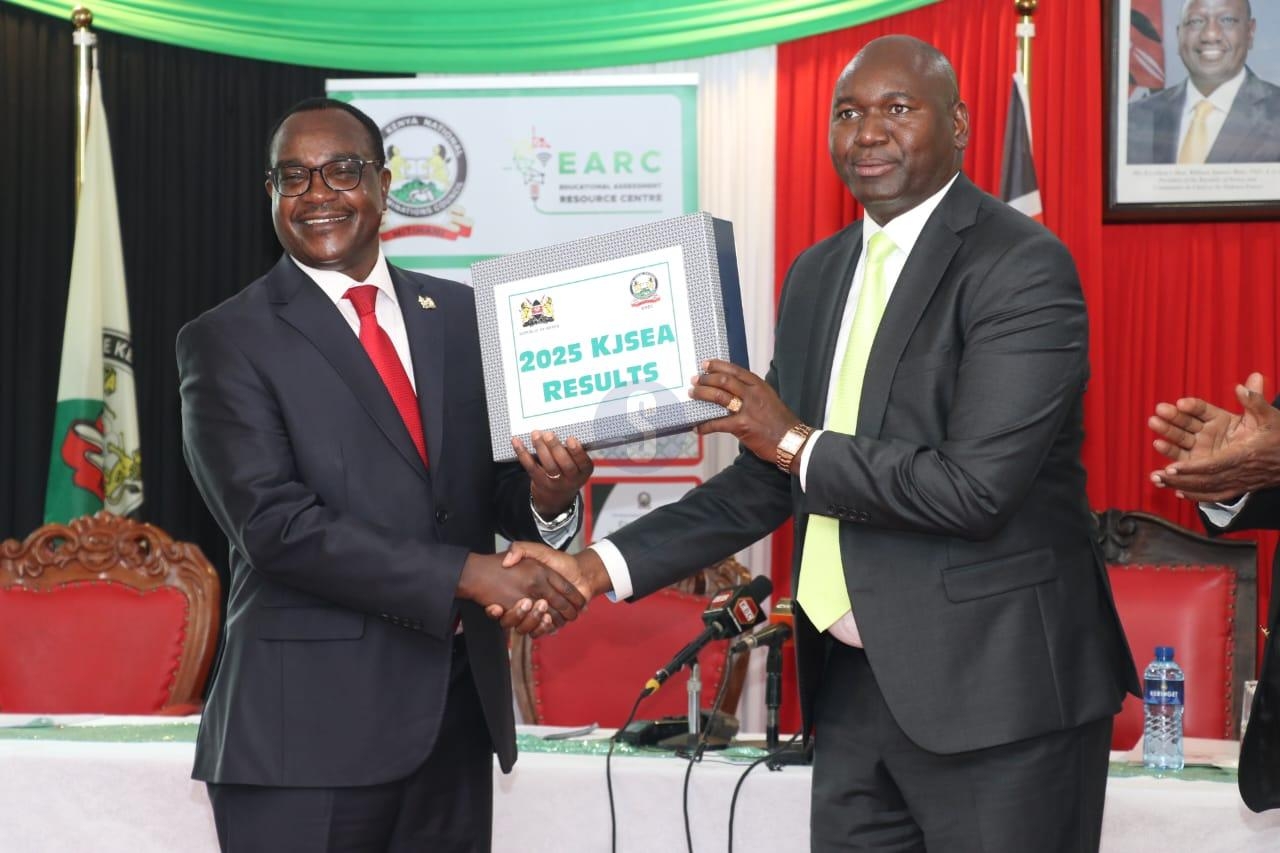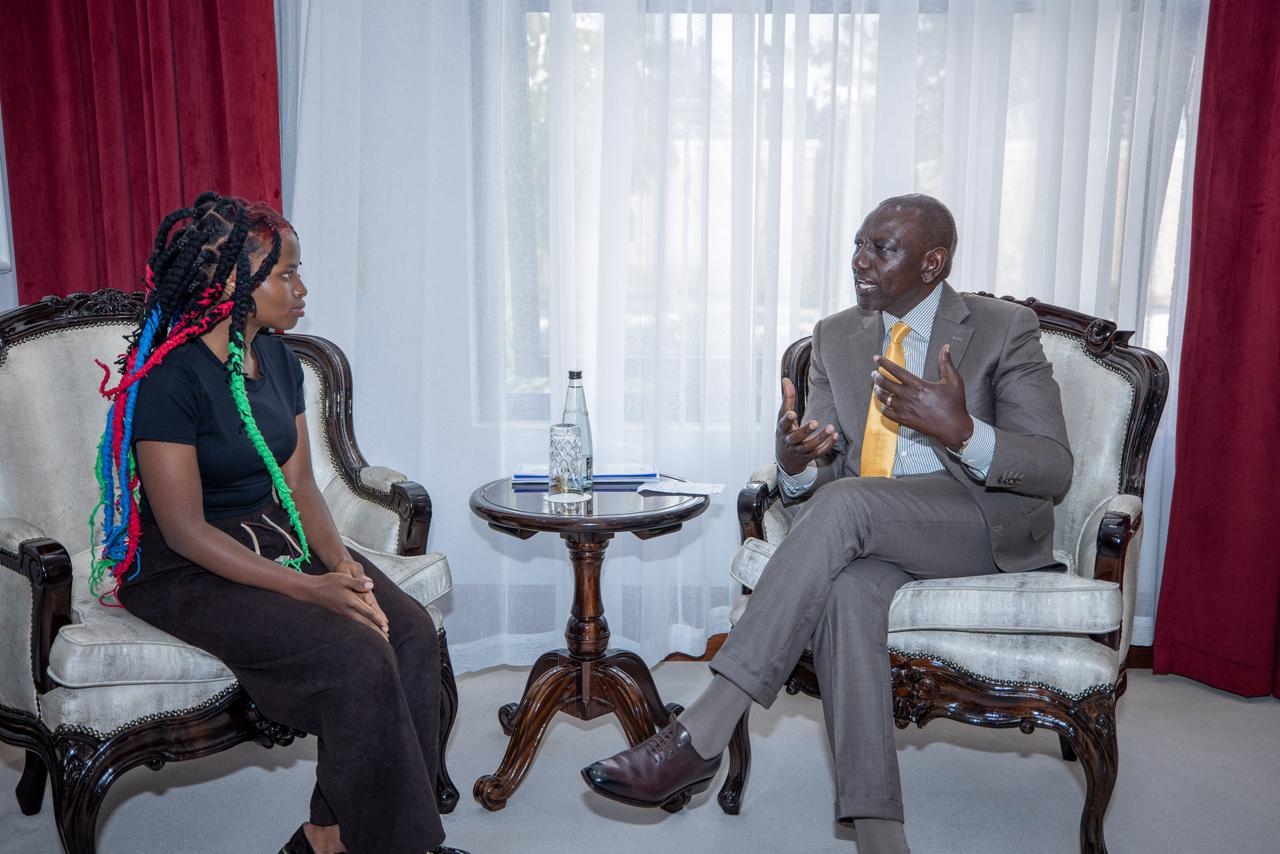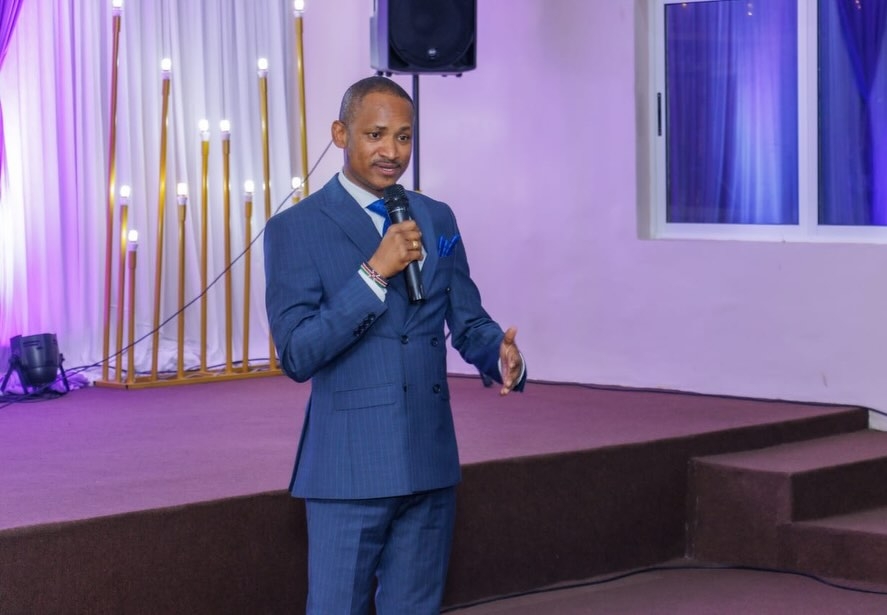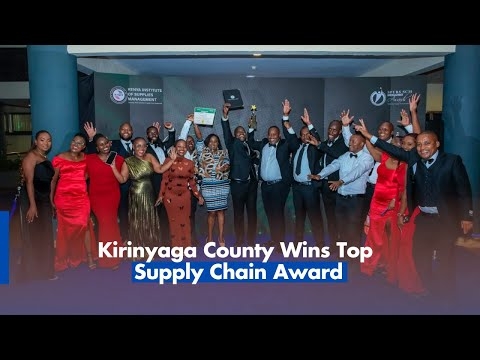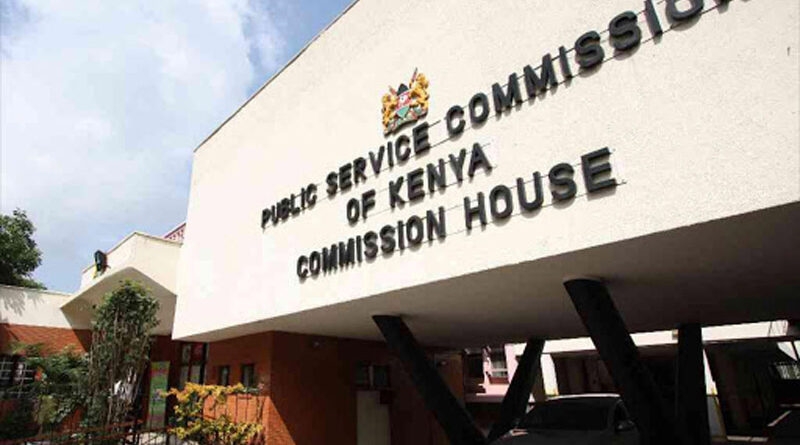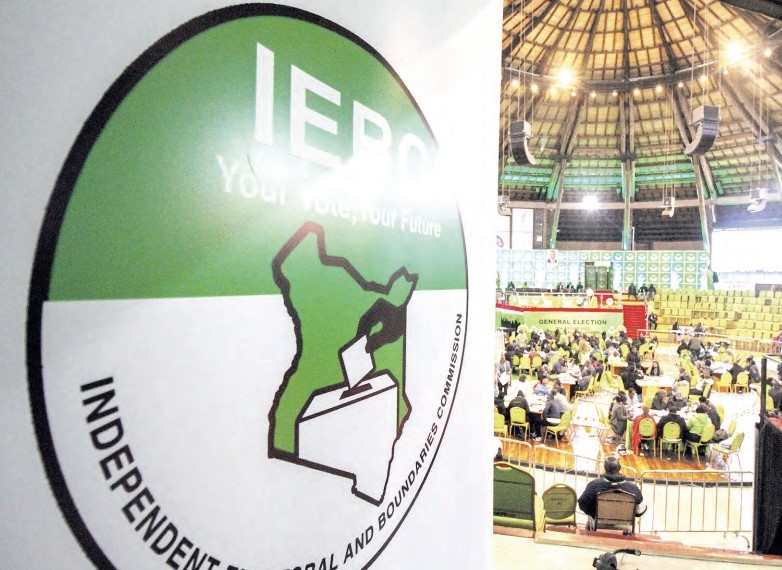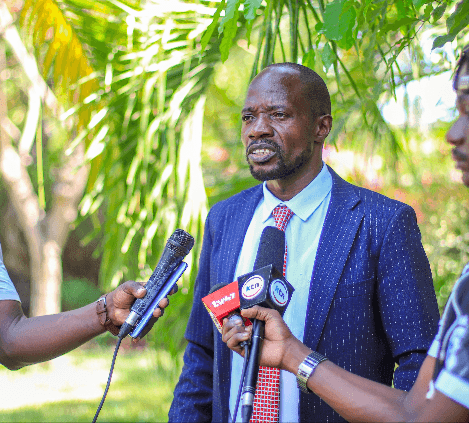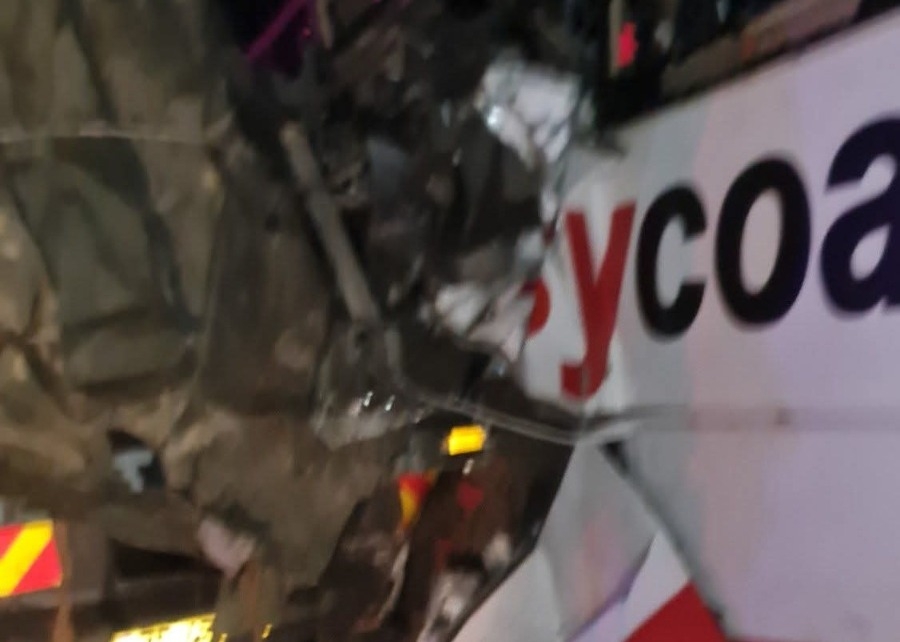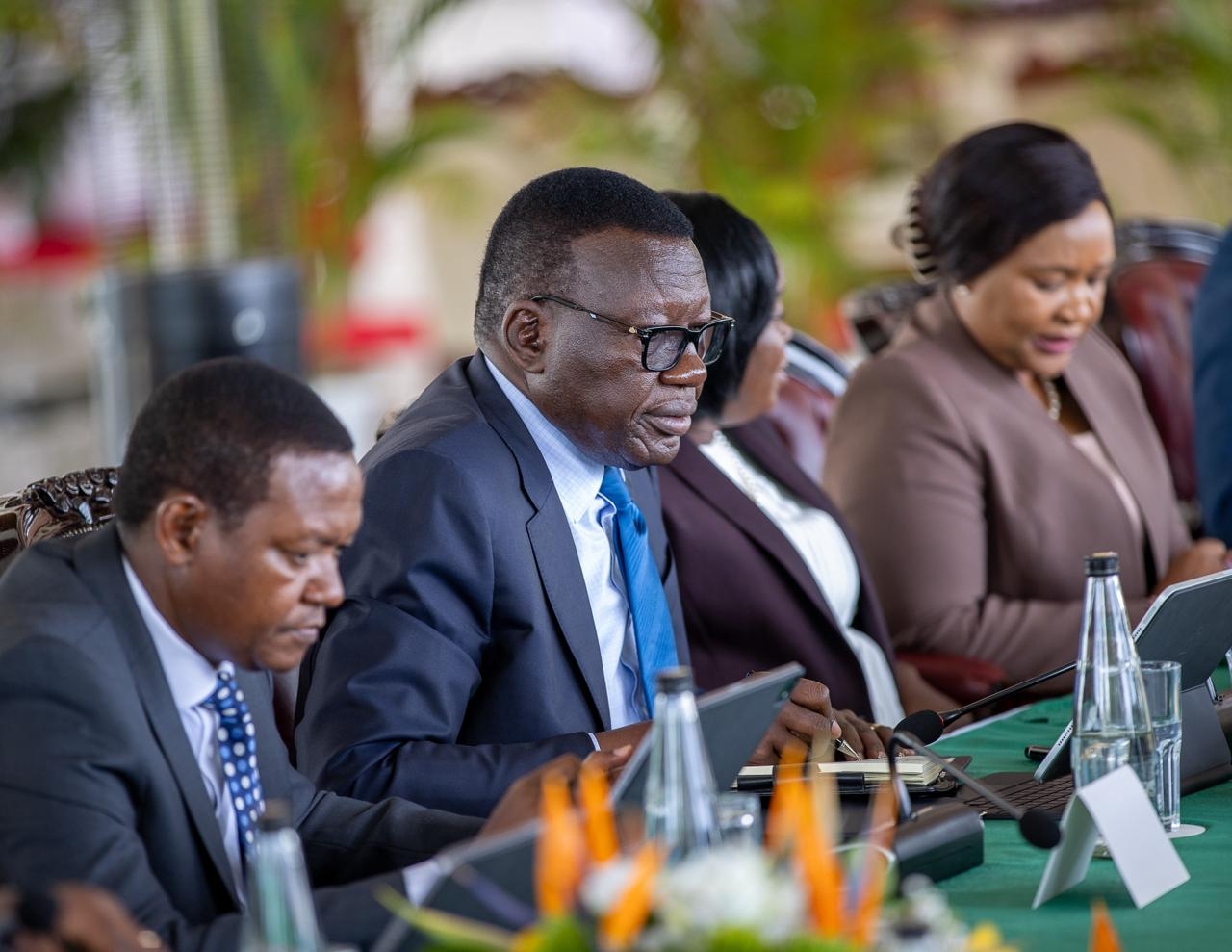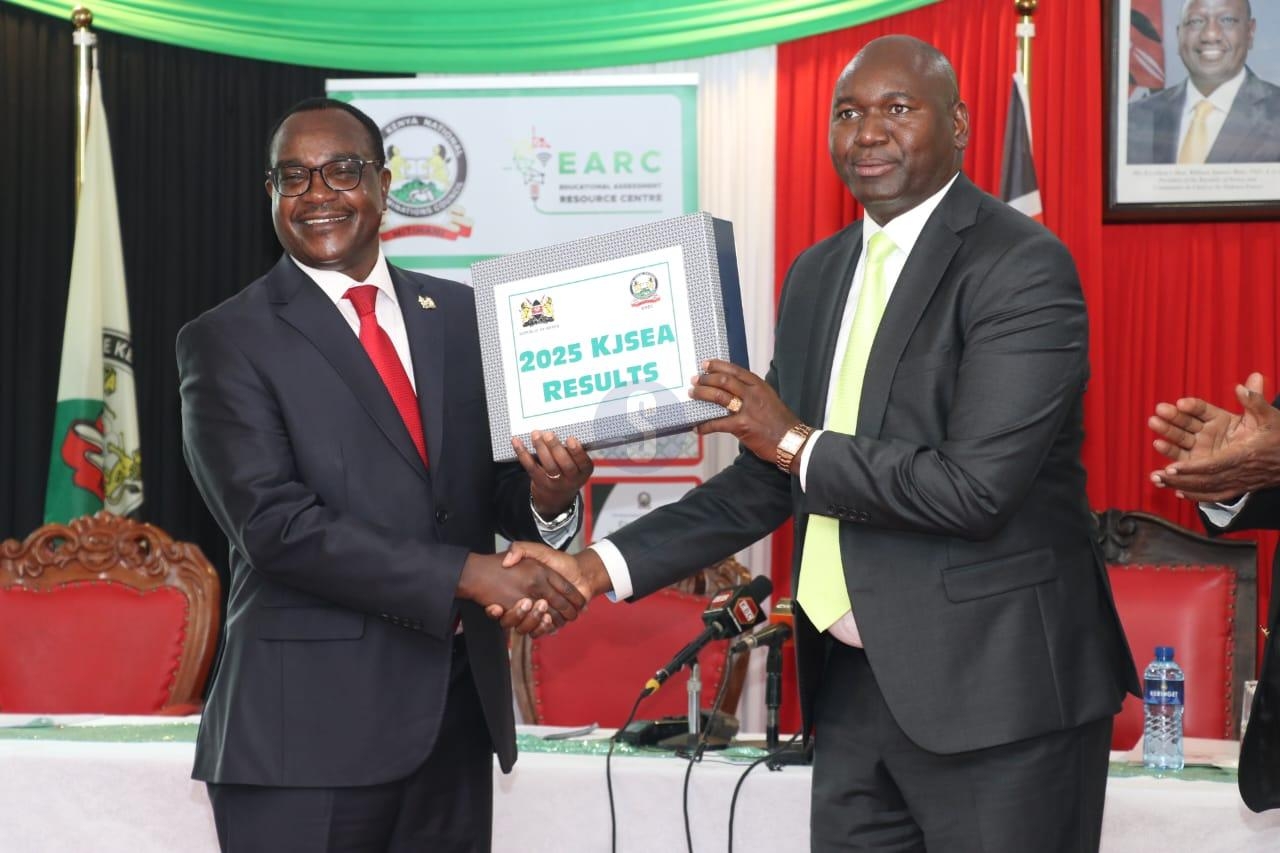

Northern Kenya, often considered "marginal", is strategically positioned at the crossroads of a resurgent African continent. It offers the shortest overland link between the Indian Ocean and the landlocked nations of Ethiopia and South Sudan, making it a pivotal region rather than a periphery.
The Lamu Port–South Sudan–Ethiopia Transport corridor was conceived to unlock this immense potential. Thirteen years since its inception, Lapsset's progress has been inconsistent, with only three of Lamu Port’s 23 planned berths operational and most roads still incomplete.
Despite these challenges, the project's ambition is more relevant than ever. This region is poised to become a gateway not only for Kenya but for the entire African continent. Lapsset is a comprehensive infrastructure initiative encompassing a modern deep-sea port, 3,000 km of standard-gauge rail, 2,500 km of highways, oil pipelines, international airports, resort cities and fibre optic links designed to connect Kenya with the heart of Africa.
These are not isolated projects but crucial components of a broader Pan-African renaissance. Across the continent, smart ports are emerging in West Africa, green energy corridors are powering southern economies and tech-enabled logistics zones are developing across borders. Kenya must keep pace with this progress to avoid being left behind in a transformation it helped initiate.
The vision for Lapsset extends beyond conventional infrastructure; it aims to create a network of opportunities. This aligns with the current Pan-African infrastructure wave, which is precisely what northern Kenya needs. Imagine broadband fibre alongside rail lines, solar mini-grids powering agri-hubs, and logistics parks connected by drone-ready airstrips. A coordinated investment plan integrating roads, power, water, skills and digital infrastructure can enable this region to achieve an economy of scale.
Towns along the corridor, from Lamu to Isiolo, and further branching to Moyale and Nakadok, have the potential to transform into vibrant trade enclaves and innovation labs, fostering future communities. To realise this ambitious vision, security and financing models must evolve. Persistent attacks by non-state actors have inflated project costs and extended timelines. However, retreating is not an option.
Instead, Kenya can innovate through blended finance models that attract ESG-aligned capital, leveraging diaspora bonds and engaging in public-private partnerships that distribute risk and reward. Beyond these financial innovations, Lapsset offers substantial national defence and security benefits for Kenya and the wider region. Improved infrastructure, particularly the extensive road network and the planned standard-gauge rail, will significantly enhance the mobility and rapid deployment capabilities of security forces.
This allows for quicker response times to threats, including those posed by non-state actors, and better projection of national security across the vast northern frontier. For instance, the ongoing construction of the Lamu-Garissa highway, anticipated for completion by February 2025, is crucial for improving accessibility and security in the region. The ability to swiftly transport personnel and equipment across the corridor will bolster Kenya's capacity to maintain law and order, counter terrorism and manage cross-border security challenges.
Furthermore, the development of the Lamu Port itself, with its deep-sea capabilities, provides a strategic maritime asset for naval operations and surveillance in the Indian Ocean, contributing to regional maritime security. By fostering economic development and creating local opportunities, Lapsset can also address root causes of insecurity, such as unemployment and marginalisation, thereby building more resilient communities. This economic uplift can reduce the appeal of extremist ideologies and illicit activities, contributing to long-term stability.
County governments must also play a leading role by zoning land for energy cooperatives, agri-parks and startup zones. Infrastructure should not merely pass through a region; it should firmly root opportunities within it. Local youth must view the corridor not just as a temporary job site but as a springboard for their careers. The interconnectedness of Lapsset with other regional initiatives, such as the Horn of Africa Gateway Development Project (HoAGDP), further amplifies its impact.
While Lapsset focuses on connecting Kenya's coast to South Sudan and Ethiopia, HoAGDP aims to enhance regional connectivity, trade and economic integration across the Horn of Africa, often through road networks and trade facilitation measures. The synergistic relationship between these projects means that Lapsset's developed infrastructure, particularly its roads and logistics hubs, can serve as vital arteries for trade flows initiated or bolstered by HoAGDP.
This creates a more robust and resilient regional supply chain, reducing transit times and costs for goods moving across multiple borders. The coordinated development of such projects strengthens regional economic blocs and enhances collective security by promoting shared prosperity and interdependence, making the region less susceptible to instability.
Pan-Africanism is no longer merely a political ideal but an economic imperative. Momentum is building across the continent: from integrated transport corridors in Central Africa to AfCFTA-driven trade zones in West Africa. Lapsset is Kenya's essential contribution to this surge. It can serve as a platform for new special economic zones, where Turkana can lead in renewable energy services, Isiolo can thrive on halal-certified logistics and Lamu can become the heartbeat of a thriving blue economy.
Every component from data cables to drainage should serve a larger mission: regional resilience through local enterprise. By 2027, more than 5.6 million new youth voters will cast their first ballots. They are digital natives, global in outlook and hungry for purpose. What they seek is not charity but challenge, a chance to build, to innovate, to lead.
If Lapsset delivers, it will not just pave roads; it will pave futures. It can be a magnet for tech, trade and transformation. But that will only happen if the project is treated not as an afterthought, but as a national mission. Government must act with urgency, investors must think long-term and communities must be empowered as partners—not bystanders.
Northern Kenya is not a blank canvas; it is a living frontier. It has resources, resilience and a rhythm of its own. With smart investment and continental vision, it can become Kenya’s next growth pole—a zone of stability, opportunity and pride. The time for half-measures has passed. If we want a future where no Kenyan is left behind, then Lapsset must be fast-tracked, fully integrated and boldly reimagined.
The youth are ready. The land is waiting. The continent is rising. Let’s move.
Defence and security consultant


